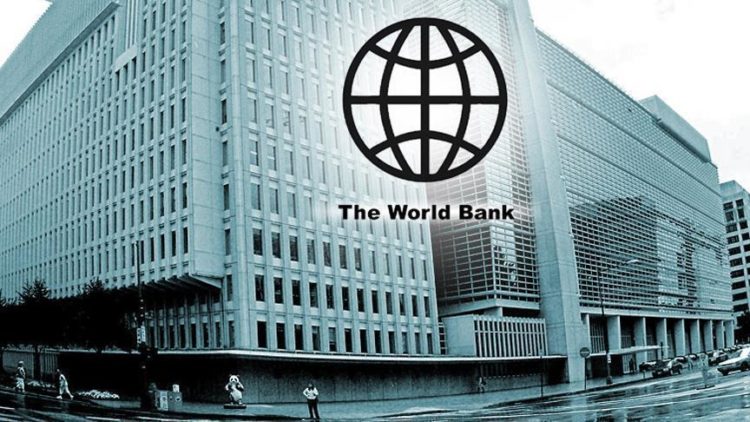According to a World Bank report, Nigeria’s borrowings have reached $14.34 billion as of March 31, 2023.
This was an increase from the debt recorded by the Debt Management Office as of December 31, 2022, which was $13.93 billion.
This means that new World Bank disbursements on approved loans added $410 million to Nigeria’s debt in the first quarter of 2023.
The IBRD lends to governments of middle-income and creditworthy low-income countries, whereas the IDA grants and makes concessionary loans to governments of the poorest countries.
According to data obtained from the Washington-based bank, Nigeria owed the IBRD $488.66 million and the IDA $13.85 billion as of March 31, 2023.
According to World Bank data, the first World Bank loan was obtained within Nigeria in the fiscal year of 1947.
Nigeria has received a total of $7.49 billion from IBRD and $26.17 billion from IDA since that time.
Since 1947, a total of $33.66 billion has been borrowed from the World Bank.
It was also discovered that approximately $7.29 billion had been repaid on the loans, with $7.86 billion still owed to the bank.
The data also revealed that approximately $3.28 billion in approved loans were subsequently canceled.
The DMO recently defended the World Bank debt.
The DMO stated in a statement that borrowing from the World Bank’s IDA was a good thing for Nigeria.
The statement read in part;
Positive development in the sense that IDA Loans are concessional, that is, they attract low charges and are for very long tenors in some cases, exceeding 30 years. These are the types of Loans required to fund development in countries such as Nigeria.
By accessing IDA funding, the Government is actively reducing debt service costs, since non-concessional funding is usually more expensive and for shorter tenors. Indeed, it will be inefficient for Nigeria to borrow from commercial sources when concessional funding sources such as IDA is available.
The DMO said that it is a plus that Nigeria qualifies for such loans.
It added that borrowing from the IDA aligns with Nigeria’s Medium-Term Debt Management Strategy (2020-2023), which requires the country to “maximize funds available to Nigeria from Multilateral and Bilateral sources in order to access cheaper and long-tenored funds.”
